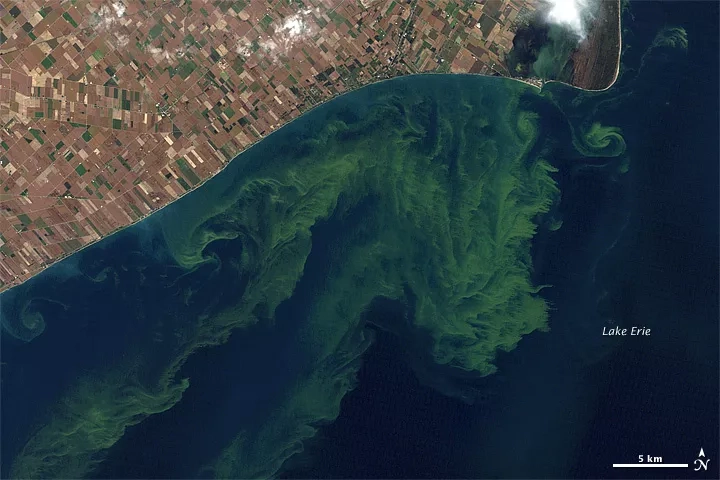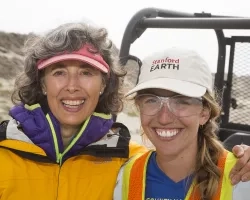For the first time satellite information is included in the World Health Organization’s documentation on monitoring harmful algal blooms (HABs) on a global level. The update draws directly from the Cyanobacteria Assessment Network (CyAN) project conducted by NASA Earth Science Applied Sciences Program partner and Environmental Protection Agency (EPA) research scientist Blake Schaeffer and his team.
Schaeffer said that this is a signal that the value of Earth data is becoming more widely accepted. The World Health Organization released the guidance, “Toxic Cyanobacteria in Water,” in February 2021 and it provides a general overview of how satellites are used as well as resources on where to access the data, software recommendations for using the data and more. CyAN is a multi-agency project involving EPA, NASA, the National Oceanic and Atmospheric Administration (NOAA) and the United States Geological Survey (USGS).
The project processes satellite data at NASA’s Goddard Space Flight Center in Greenbelt, Md. to form an early warning system that detects cyanobacteria in over 2,000 of the United States’ largest freshwater bodies. CyAN provides state and local officials with real-time data to enhance decisions on where to focus their limited time and capacity for testing and mitigation efforts. The project also quantifies the spatial extent, magnitude, temporal frequency, effectiveness in identifying lakes with toxin-producing blooms and overall occurrence of cyanobacteria across these waters.
At project launch in late 2015, the CyAN team worked closely with the NASA Research & Analysis Ocean Biology & Biogeochemistry Program to develop, refine and deploy the detection algorithm using European Space Agency satellites. Once CyAN shifted into operational mode it transitioned to the Applied Sciences Program and has been a part of the Program ever since.
“CyAN is an excellent example of what we can achieve when Earth data research, analysis and applications work in tandem,” explained Bradley Doorn, the program manager of both the Water Resources and Agriculture Research program areas. “At NASA Earth Science Division, we’re always looking for ways to connect research, analysis and applications to improve the lives of people everywhere.”
Since deployment, CyAN has engaged with 33 state departments of health or environment to monitor HABs, which has resulted in the early issuance of several health advisories and millions of dollars in avoided water sampling and healthcare costs each year.
More about CyAN can be found at the EPA project website.




